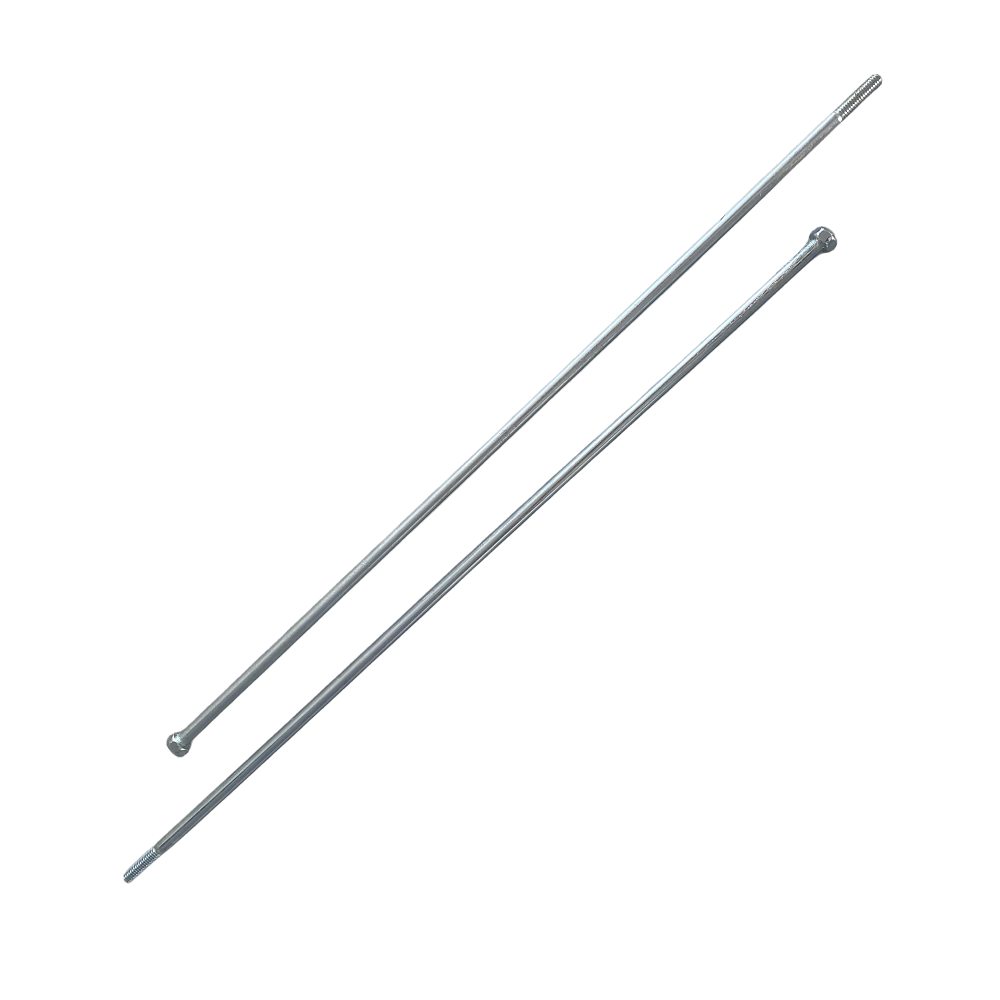Release time:2020-01-16 18:44 Browse:

In the field of fasteners, lengthening screws, as a specially designed fastener, are widely used in a variety of scenes requiring deeper connections or higher strength requirements. Its specifications are diverse, not only covering different lengths and diameters, but also according to the material, head shape and other factors are carefully divided. This paper will discuss this topic from three aspects: specification classification, common specification analysis and selection basis of lengthening screws.
1. Specification classification of lengthening screws
The specifications of the extension screw are mainly reflected in the length, diameter, material and head shape. According to these elements, lengthening screws can be divided into several categories:
1. ** Classified by length ** : The length of the extension screw is usually longer than the ordinary screw to adapt to the deeper connection needs. Common length specifications are 50mm, 60mm, 70mm, 80mm, 100mm, 120mm, 150mm and even longer, depending on the thickness between the connectors and the reserved installation space.
2. ** Classification by diameter ** : Diameter determines the bearing capacity and scope of application of screws. Common diameter specifications are M4, M5, M6, M8, M10, M12, etc. The larger the diameter, the stronger the carrying capacity.
3. ** Classified by material ** : The choice of material directly affects the performance and service life of screws. Common lengthening screw materials include stainless steel, carbon steel, alloy steel, titanium alloy and aluminum alloy. Stainless steel is favored for its excellent corrosion resistance and aesthetics; Carbon steel is cheap, but easy to rust, need to improve its corrosion resistance by surface treatment; Alloy steel by adding alloying elements to improve the strength and wear resistance, suitable for high load occasions; Titanium alloy and aluminum alloy are used in specific fields for their high strength-to-weight ratio and lightweight corrosion resistance, respectively.
4. ** Classification by head shape ** : The head shape not only affects the appearance, but also relates to the ease of installation and torque transmission effect. Common head shapes include flat head, round head, half round head, hexagonal head and so on. Flat head is suitable for occasions that need to be flush with the fixed object; Round and semi-round heads are easier to install and provide better torque transfer; The hexagonal head is easy to tighten with tools such as wrenches, and the structure is more robust.
Second, common specifications analysis
In the specifications mentioned, "6295", "8450", etc. are not standard screw specification representations, and may be specific industry or manufacturer codes. However, for a specification such as "6*350", we can understand it as a screw with a diameter of 6 mm and a length of 350 mm. Such specifications are more common in scenarios that require long-distance connections or high carrying capacity.
For other common specifications, such as M8*100 (diameter 8 mm, length 100 mm) extension screws, may be used to join thicker sheets or structural parts; The specification of the M12*150 is suitable for higher strength connection requirements, such as heavy machinery or bridge construction.
3. Selection basis
Choose the right extension screw, need to consider the following aspects:
1. ** Use scenario ** : Clear what kind of environment the screw will be used in, such as humid, corrosive environment or high temperature and pressure environment, which will directly affect the choice of materials.
2. ** Bearing capacity ** : Select the appropriate diameter and length according to the size, weight and load borne by the connector. The larger the diameter, the stronger the carrying capacity; The length needs to be determined according to the thickness and reserved space between the connectors.
3. ** Installation convenience ** : Consider the influence of the head shape on the installation convenience. In some cases, it may be necessary to choose a head shape that is easy to install and provides good torque transfer.
4. ** Cost budget ** : The cost of extension screws of different materials and specifications varies greatly. Under the premise of meeting the performance requirements, the cost budget should be controlled reasonably.
5. ** Maintainability ** : Consider whether the screws need to be frequently replaced or maintained during use, as well as the difficulty of replacement and maintenance.
In summary, the selection of specifications for lengthening screws is a process that takes into account a number of factors. By clarifying the needs of the use scenario, bearing capacity, installation convenience, cost budget and maintainability, the appropriate extension screw specifications can be more accurately selected to ensure the safe, reliable and long-term stable operation of the connection.
# Lengthening screws # Lengthening bolts # Lengthening outer hex screws # Lengthening inner hex screws # fasteners

